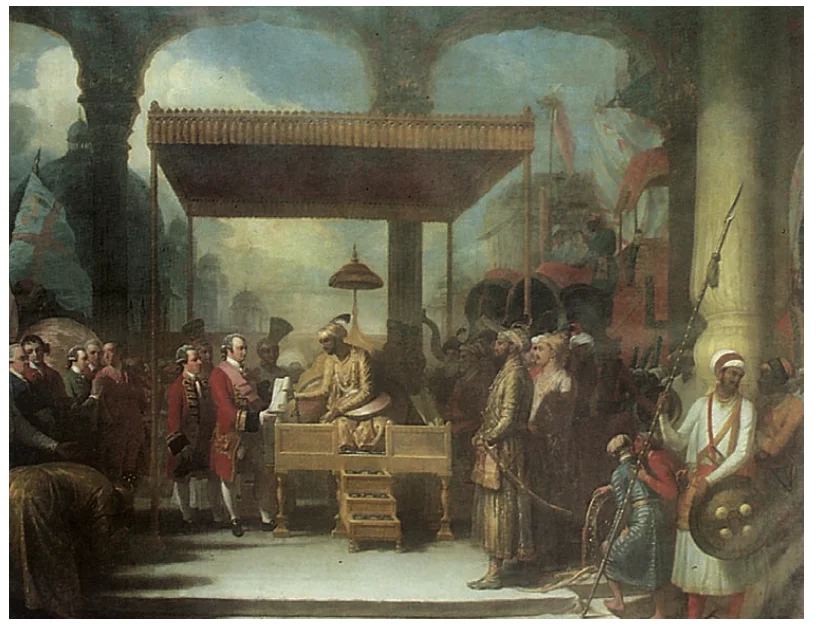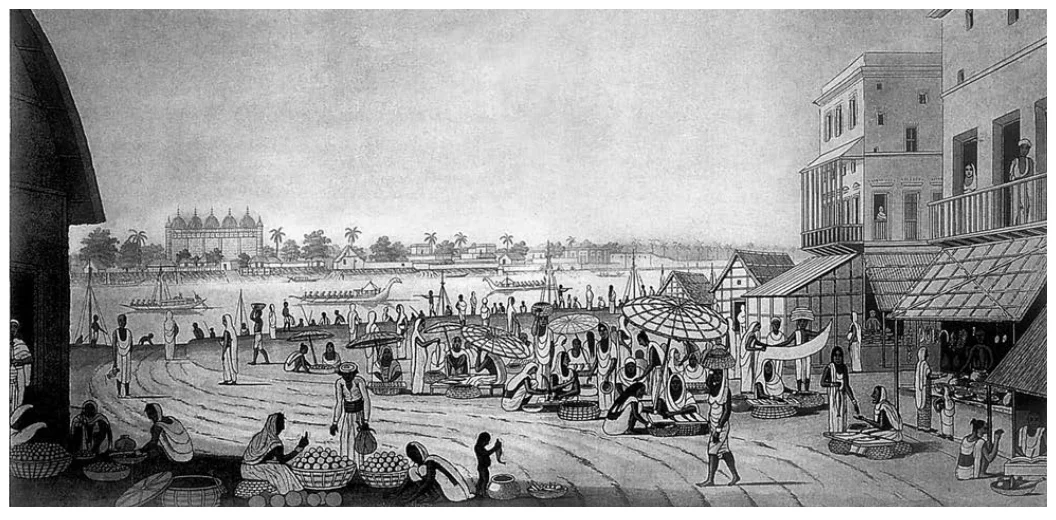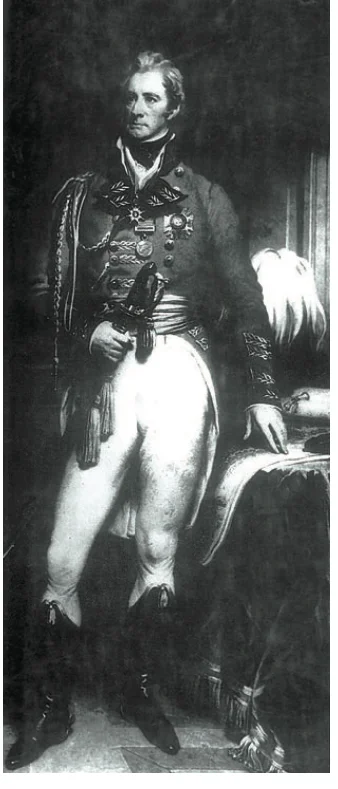![]() 25 Jun 2024
25 Jun 2024
In the tapestry of India’s colonial era, the rural landscapes and tribal communities emerge as potent narratives of transformation and resistance. These communities, rich in tradition and cultural ethos, were juxtaposed against the encompassing embrace of colonial impositions. Moreover, the influence of the English East India Company reshaped rural dynamics, introducing economic disparities and redefining land ownership.

Event: On 12 August 1765, the Mughal emperor appointed the East India Company as the Diwan of Bengal.

Role Transition: As the Diwan, the Company had to oversee land administration and revenue organisation.

Necessity: The deteriorating economy and famine highlighted the need for improved agriculture.

Mahalwari Settlement (1822):

| Must Read | |
| Current Affairs | Editorial Analysis |
| Upsc Notes | Upsc Blogs |
| NCERT Notes | Free Main Answer Writing |
Impact on Agricultural Economy: The British land revenue policies had a profound impact on India’s agricultural economy, reshaping land ownership patterns and agrarian relations.
| Related Articles | |
| Land Revenue Systems in British India | INDIAN ECONOMY NOTES |
| Mughal Emperors List, Names, Timeline, Great and Later Mughal Empire | Tribal Communities in India |
<div class="new-fform">
</div>